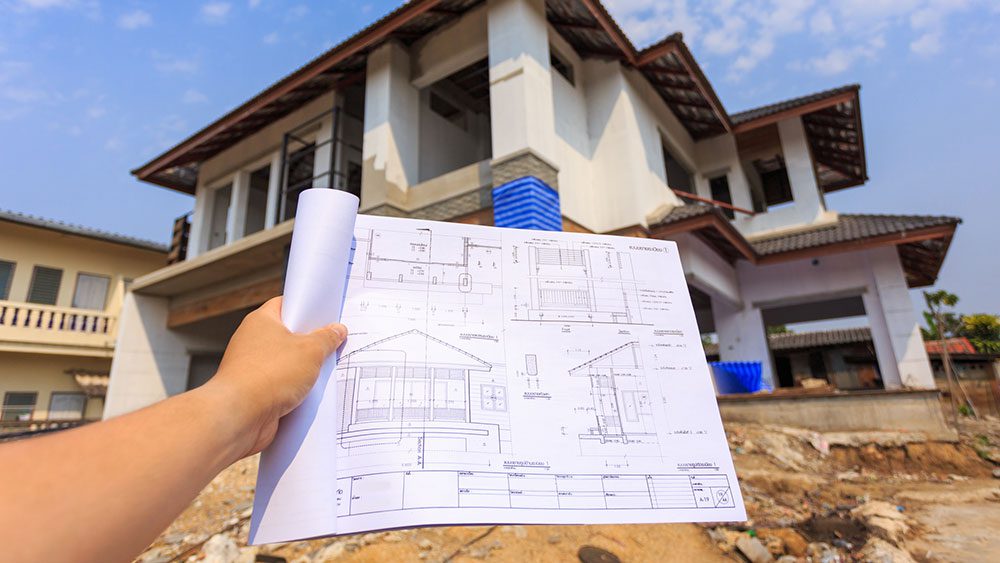Across the world, one phenomenon remains consistent: the location of a property significantly determines its value. But among the various factors that contribute to location value, the quality and reputation of nearby schools have emerged as particularly influential. While amenities like shopping centers, parks, and public transport play a role, a top-ranked school near a property can elevate its value considerably. This relationship between schools and home values is not merely coincidental but a profoundly interconnected dynamic shaped by socioeconomic factors.
Why Top-Ranked Schools Boost Property Value
Schools are foundational pillars in any community. They’re not just centers of education but hubs of community interaction, cultural development, and often a source of pride. Understanding why high-quality schools can boost property values requires an examination of several underlying reasons.
- High Academic Performance and Demand: Schools with consistently high academic performance records naturally attract families. Parents are willing to pay a premium for homes in areas where their children have access to excellent education, ensuring better future opportunities.
- Extracurricular Excellence and Community Involvement: Beyond academics, schools with vibrant extracurricular programs, from sports to arts, tend to draw in families who value a well-rounded education. These schools often become focal points of community involvement, creating a ripple effect of positive community engagement.
- Renowned Faculty and Resources: Quality schools often employ esteemed educators and offer superior learning resources. Such institutions become magnets for parents keen on ensuring their children receive the best possible guidance.
The Tangible Benefits for Homeowners Near High-Ranking Schools
Living near a top-tier school isn’t just about ensuring quality education for children; it offers several tangible benefits to homeowners, even those without children enrolled in school.
- Safety and Reduced Crime Rates: Schools necessitate safe environments for children. As such, neighborhoods around high-performing schools generally have lower crime rates, contributing to a sense of security for residents.
- Stable Housing Market with Lower Volatility: Homes in these areas retain value even during broader market downturns. The consistent demand ensures a degree of insulation against economic fluctuations.
- Higher Resale Value and Faster Sales Turnaround: Properties in such locations often demand higher prices and sell faster than their counterparts in other areas. This liquidity benefits homeowners looking to relocate or cash in on their investment.
Quantifying the Home Value Premium of Top Schools
Numerous studies have sought to quantify the precise impact of high-quality schools on property values. While the exact premium varies based on region and specific local factors, facts to consider include:
- Percentage Increase in Property Value: On average, homes near top-rated schools can see a value increase ranging from 10% to 20%, if not more.
- Neighborhoods With and Without Top Schools: In comparative studies, similar homes separated only by school district boundaries can have stark differences in market prices, further underlining the school’s influence on value.
Considerations for Homebuyers: Beyond the School Ratings
For potential homebuyers, while the allure of top-rated schools is undeniable, it’s essential to consider a more comprehensive picture.
- The Balance Between Home Price and School Quality: A premium for a top-tier school district might not always translate into better education. Buyers should balance the increased cost against their children’s specific educational needs.
- Long-term Investment: School rankings can shift over time. Buyers should look at consistent performance over several years rather than one year’s ranking.
- Other Community Amenities and Their Combined Impact: While schools are a significant factor, other amenities like parks, recreation centers, and cultural hubs contribute to the quality of life and property value.
The Flip Side: Challenges for Areas with Lower-Ranked Schools
While top schools elevate property values, the inverse can be true for areas with lower-ranked schools.
- Lower Home Appreciation Rates: Homes in these areas may see muted value appreciation, with potential buyers often reluctant to invest.
- Challenges in Reselling and Longer Market Times: Properties might spend longer on the market due to reduced demand, potentially leading to price reductions.
- Potential for Future Improvement and Gentrification: On the positive side, areas with currently low-ranked schools have room for improvement. Community initiatives, increased funding, and changing demographics can improve schools’ reputation, leading to subsequent property value appreciation.
Factors That Influence a School’s Impact on Home Values
A school’s influence on property value doesn’t exist in a vacuum. Various underlying factors play a part.
- School District Funding and Budgets: Areas where residents actively vote for educational levies or higher tax contributions to schools often see benefits in school quality and property values.
- Parent and Community Involvement in Education: Active parent-teacher associations and community involvement can significantly enhance a school’s reputation and, by extension, property values.
- Proximity to Schools: Properties within walking distance of schools command a higher premium than those where driving is necessary because of the convenience.
Future Trends: How Online and Remote Learning Could Shift the Paradigm
The recent surge in online and remote learning has spurred questions about the long-standing relationship between schools and property values.
- Potential Decentralization of Home Value Hotspots: With education potentially becoming more decentralized, we might see a dilution in the premium placed on properties near top schools.
- The Growing Importance of Tech Infrastructure in Neighborhoods: As remote learning becomes more prevalent, neighborhoods with robust technological infrastructure might see an uptick in demand and value.
Closing Points
The interplay between schools and property values is multifaceted and deeply rooted in societal values around education. While emerging trends like online learning pose new questions, the foundational desire of families to secure quality education for their children ensures that this relationship will remain significant for home values in the foreseeable future.
© 2024 xpertRealtyMarketing.



